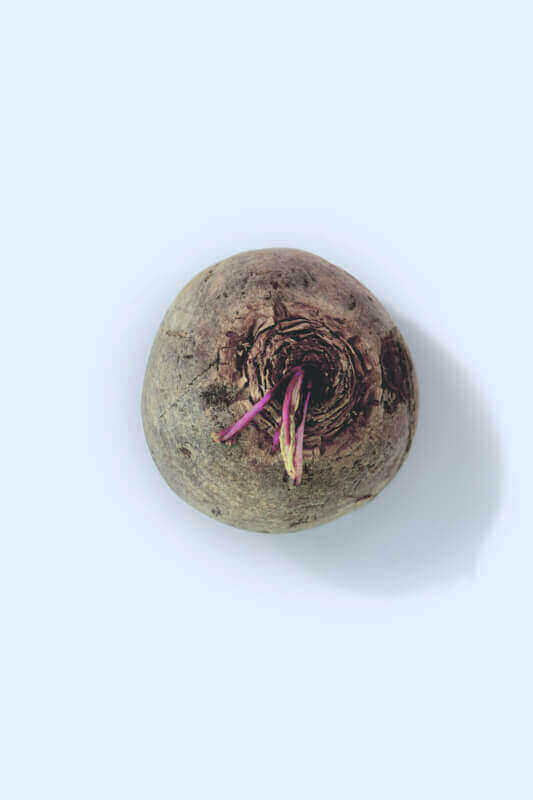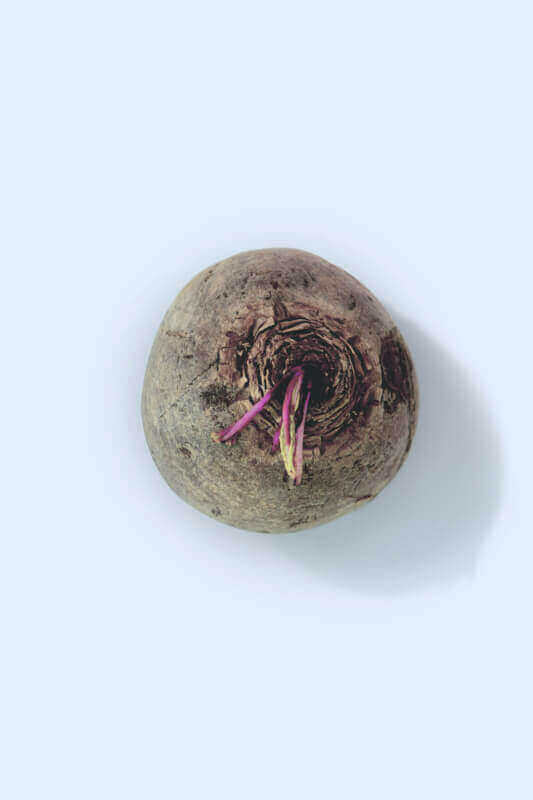Imagine the joy of growing your own grapes right in your backyard or even in a small pot indoors. With “Sprout Grape Seeds,” a revolutionary product that takes the hassle out of grape cultivation, you can now turn your dream into a reality. Whether you’re a seasoned gardener or a beginner, this easy-to-use kit provides everything you need to start sprouting grape seeds and watch them flourish into beautiful vines. Say goodbye to expensive store-bought grapes and hello to delicious, homegrown sweetness. Get ready to experience the satisfaction of reaping the rewards of your labor with Sprout Grape Seeds.
Choosing Grape Seeds

Selecting Seed Varieties
When it comes to choosing grape seeds for your home garden, it’s essential to consider the variety you want to grow. Grape seeds come in various types, each with its unique characteristics, such as flavor, color, size, and hardiness. Take some time to research different grape varieties and determine which ones align with your preferences and the growing conditions in your area. Whether you’re looking for red, white, or even unique table grape varieties, there’s a grape seed out there for you.
Obtaining Quality Seeds
Once you have decided on the grape variety you want, it’s crucial to ensure that you obtain quality seeds. High-quality grape seeds have better germination rates and are more likely to produce healthy and robust plants. Look for reputable seed suppliers or local nurseries that specialize in grape seeds. It’s also a good idea to choose seeds from certified organic sources to ensure that your plants grow naturally and without harmful chemicals.
Preparing Grape Seeds
Collecting Grape Seeds
If you have access to mature grapevines, you can collect the seeds yourself. It’s best to collect the seeds when the grapes are fully ripe but not overly ripe. Choose healthy grapes and remove the seeds carefully to avoid damaging them. It’s important to collect enough seeds to account for potential failures during the germination process.

Cleaning the Seeds
After collecting the grape seeds, you’ll need to clean them to remove any pulp or debris. Start by placing the seeds in a strainer or fine mesh sieve and rinsing them under cool running water. Gently rub the seeds together to remove any remaining pulp. Once they are clean, pat them dry with a clean cloth or paper towel before moving on to the next step.
Stratifying Grape Seeds
Understanding Stratification
Stratification is a process that helps break the dormancy of grape seeds and prepares them for germination. Many grape seed varieties require stratification, which simulates the natural winter conditions they would experience outdoors. During stratification, the seeds undergo a period of cold and dampness, mimicking the winter season.
Methods of Stratification
There are a few common methods to stratify grape seeds. One method is to place the seeds in a moist medium, such as damp paper towels or sphagnum moss, and seal them inside a plastic bag. Keep the bag in the refrigerator for about six to eight weeks, periodically checking the moisture levels and ensuring that the seeds remain damp. Another method is to sow the seeds in pots or trays filled with damp soil or a mixture of peat and sand and place them in a cool area, such as a basement or garage, for the stratification period.
Planting Grape Seeds

Selecting the Planting Location
Before planting your grape seeds, consider the location carefully. Grapes thrive in well-drained soil and require plenty of sunlight to grow. Choose a spot in your garden that receives at least six hours of direct sunlight each day. Avoid areas prone to waterlogging or heavy shade. Additionally, ensure that there is enough space for the grapevines to grow and spread their roots properly.
Preparing the Soil
Grapes prefer soil that is slightly acidic to neutral and well-draining. Before planting, prepare the soil by removing any weeds or grass and loosening it with a garden fork or tiller. Incorporate organic matter, such as compost or well-rotted manure, into the soil to improve its fertility and drainage. It’s also beneficial to conduct a soil test to determine if any amendments, such as lime or sulfur, are needed to adjust the pH levels.
Sowing the Seeds
To sow grape seeds, create shallow furrows in the prepared soil, approximately half an inch deep. Place the seeds in the furrows, spacing them about six inches apart. Cover the seeds with a thin layer of soil and gently press it down to ensure good seed-to-soil contact. Water the area gently to moisten the soil, being careful not to wash away the seeds. It’s important to label the planting area to keep track of the different grape varieties you have planted.
Germinating Grape Seeds

Providing Optimal Growing Conditions
To successfully germinate grape seeds, it’s crucial to provide the optimal growing conditions. Place the containers or trays in a warm and well-lit area, such as a greenhouse or a sunny windowsill. Maintain a consistent temperature between 70 to 80 degrees Fahrenheit (21 to 27 degrees Celsius). You can use a seedling heat mat to provide a consistent and warm environment for the seeds.
Monitoring Moisture Levels
During the germination process, it’s essential to keep the soil consistently moist but not waterlogged. Check the moisture level daily by gently pressing your finger into the soil. If it feels dry, water the containers or trays gently with a misting spray bottle. Avoid overwatering, as excessive moisture can lead to rot or fungal diseases.
Ensuring Proper Temperature
Grape seeds require a warm temperature range to germinate successfully. Maintain the temperature mentioned earlier range throughout the germination period. If the temperature drops significantly at night, consider using a heating pad or heat lamp to provide consistent warmth. Keep an eye on the weather forecast if you choose to move the containers or trays outdoors temporarily.
Transplanting Grape Seedlings

Preparing Transplant Pots
Once the grape seedlings have developed their first set of true leaves, it’s time to transplant them into individual pots. Select pots or containers that are at least four inches in diameter and have drainage holes at the bottom. Fill the pots with a well-draining potting mix, such as a mixture of peat, perlite, and compost. Prepare enough pots to accommodate each seedling.
Transferring Seedlings
Carefully remove the seedlings from the original container by gently grasping the base of each plant and loosening the soil around the roots. Place each seedling into a prepared pot, ensuring that the roots are covered with soil and the stem is at the same depth as it was in the original container. Lightly firm the soil around the seedling and water gently to settle the soil and remove any air pockets.
Caring for Grape Plants
Watering and Fertilizing
Grape plants require regular watering, especially during dry spells or periods of drought. Ensure that the soil remains consistently moist but not waterlogged. Water at the base of the plant, avoiding wetting the leaves, to prevent fungal diseases. Fertilize the grape plants once a month during the growing season with a balanced fertilizer formulated for fruiting plants. Follow the package instructions for the proper application rate.
Pruning and Training
Proper pruning and training are crucial for healthy grape plants. Prune the grape vines during the dormant season to remove any dead or damaged wood and to shape the plant. Train the vines along a trellis, arbor, or other support system to promote proper air circulation and sun exposure. Regularly prune and thin out excess growth to encourage better fruit production and prevent overcrowding.
Dealing with Pests and Diseases
Grapevines can be affected by various pests and diseases, including aphids, powdery mildew, and grape leafhoppers. Regularly inspect your grape plants for any signs of pest infestations or disease symptoms. If necessary, use organic pest control methods, such as neem oil or insecticidal soap, to manage insect pests. Additionally, apply appropriate fungicides, following the instructions, to control common grape diseases such as powdery mildew or downy mildew.
Harvesting Grape Fruits
Determining Ripeness
Harvesting grapes at the right time is crucial to ensure optimal flavor and sweetness. Different grape varieties have different indicators of ripeness, such as color changes or sugar content. Taste test a few grapes from different parts of the vine to determine if they are sweet and flavorful. If they taste ripe, it’s time to harvest!
Harvesting Methods
To harvest grapes, use a sharp pair of pruning shears or scissors to cut the grape clusters from the vine. Leave a small stem attached to the grapes to help preserve their freshness. Be careful not to damage the surrounding clusters or puncture the grapes during the harvesting process. Place the harvested grapes gently into a basket or container, taking care not to crush or bruise them.
Enjoying Your Homegrown Grapes
Recipes and Culinary Uses
Once you have harvested your homegrown grapes, it’s time to enjoy them in various culinary creations. Grapes make a delicious addition to salads, fruit medleys, and desserts. They can also be used to make jams, jellies, and juices. Experiment with different recipes and find ways to incorporate your homegrown grapes into your favorite dishes.
Preserving Grapes
If you have an abundance of grapes, consider preserving them for future use. Grapes can be frozen, canned, or made into jams and jellies for long-term storage. Freezing grapes is a simple method where you wash and dry them thoroughly before placing them in airtight containers or freezer bags. Canning or making grape-based preserves involves cooking the fruit with sugar and other ingredients to preserve their flavors.
Troubleshooting Common Issues
Preventing Plant Stress
To prevent plant stress, ensure that your grape plants receive adequate water, sunlight, and essential nutrients. Avoid overwatering or underwatering, as both can cause stress and affect the overall health of your plants. Additionally, protect your grapevines from extreme weather conditions, such as intense heat or frost, by providing appropriate shade or covering when necessary.
Addressing Nutritional Deficiencies
Nutritional deficiencies in grape plants can result in stunted growth, yellowing leaves, and poor fruit production. Conduct regular soil tests to determine if your plants are lacking any essential nutrients. If deficiencies are detected, amend the soil with the appropriate organic fertilizers or supplements to provide the lacking nutrients. Consult with a local agricultural extension office or a knowledgeable gardener for specific nutrient recommendations.
Handling Pest and Disease Problems
Pests and diseases can be a common issue with grape plants. Regularly inspect your plants for signs of pest infestations or disease symptoms. Use organic pest control methods, such as introducing beneficial insects or using natural repellents, to manage pest populations. If disease issues arise, follow proper cultural practices, such as pruning, to improve air circulation and remove infected plant material. In severe cases, consult with a local horticulturist or agricultural expert for further assistance.
By following these steps, you can successfully grow and enjoy your own homegrown grapes. From choosing the right grape seeds to harvesting the fruits, each stage requires attention and care, but the rewarding taste of your homegrown grapes will make it all worthwhile. So, get started on your grape growing journey and savor the delightful flavors of freshly harvested grapes straight from your garden. Happy grape growing!

